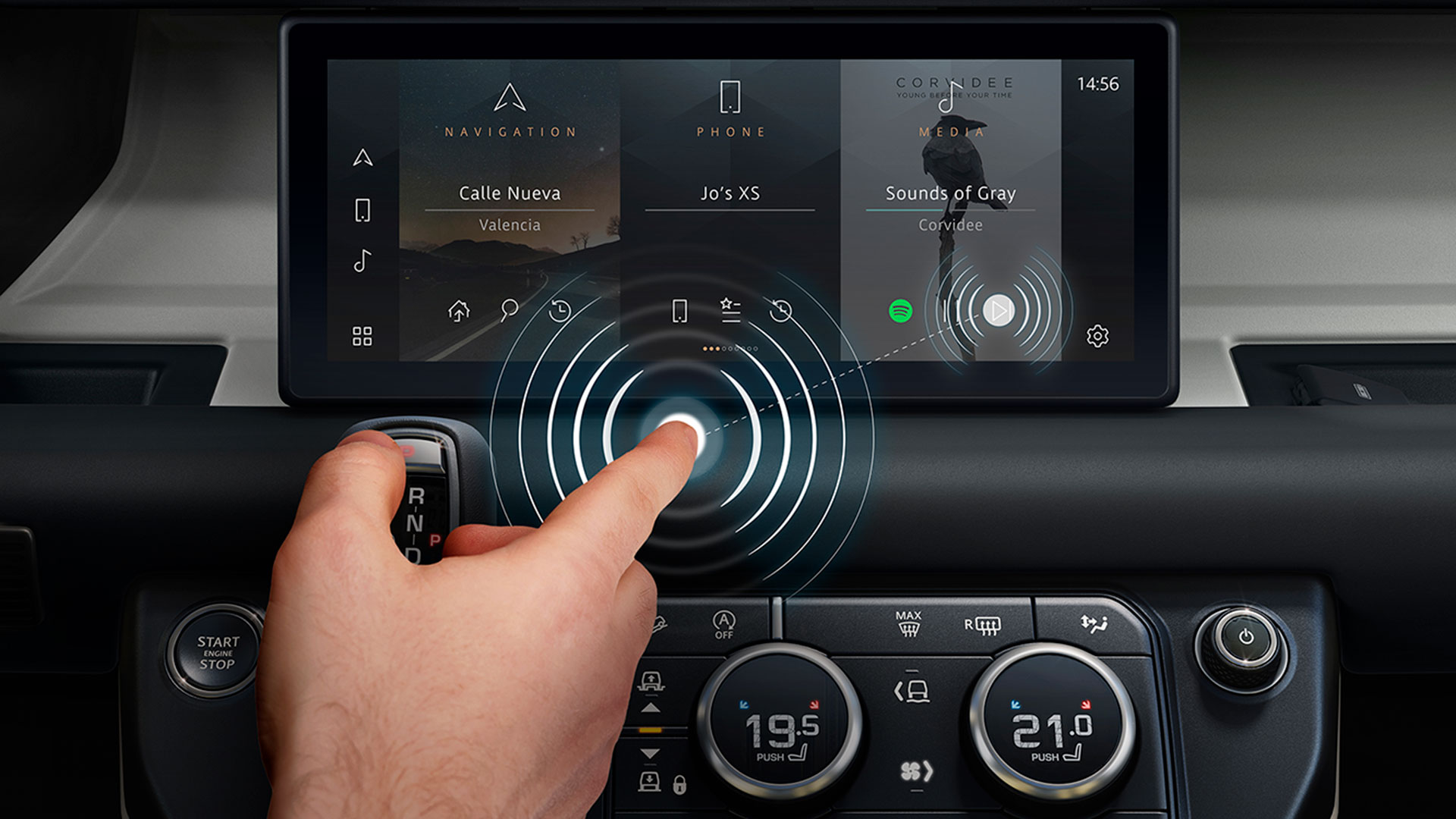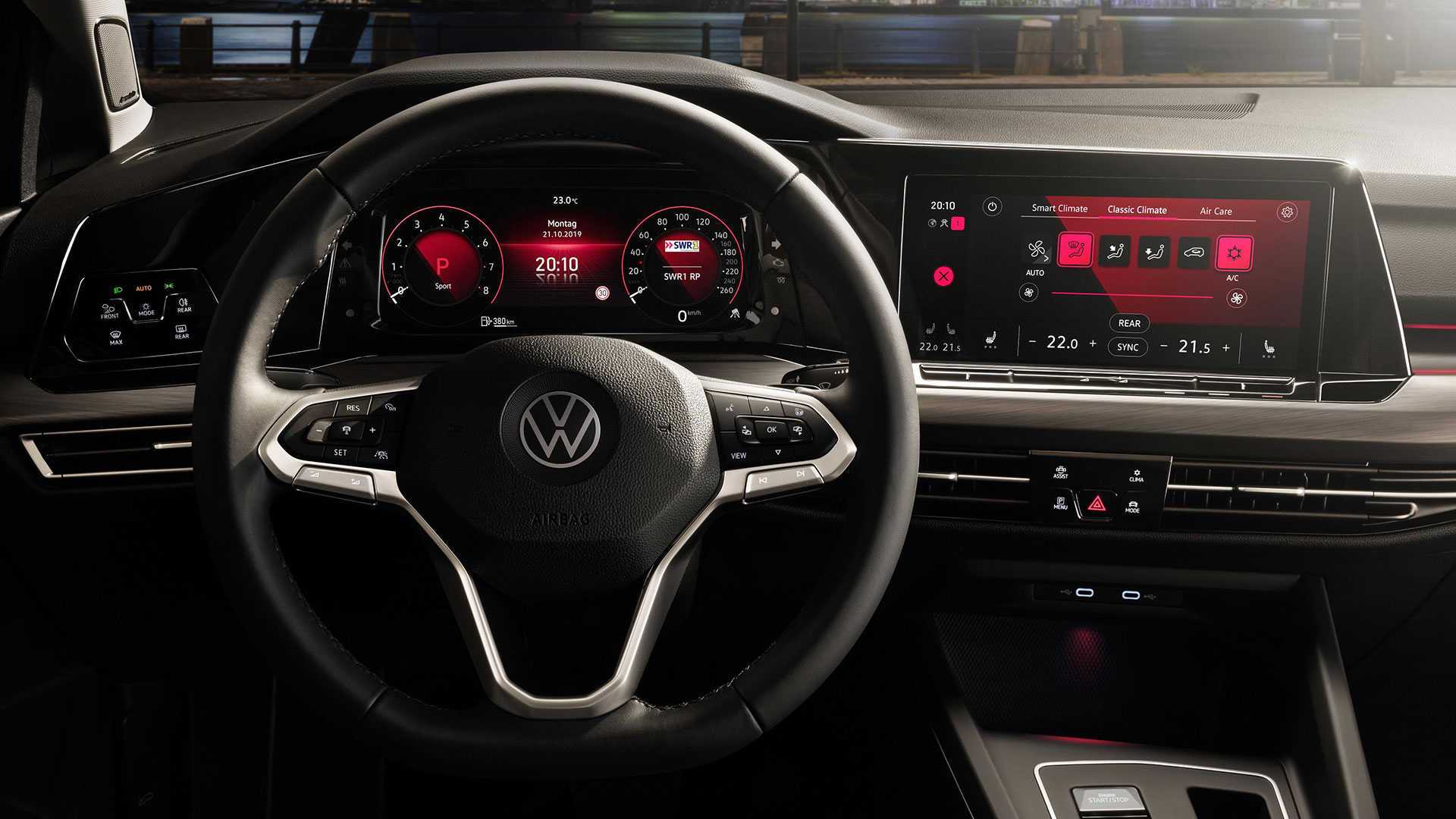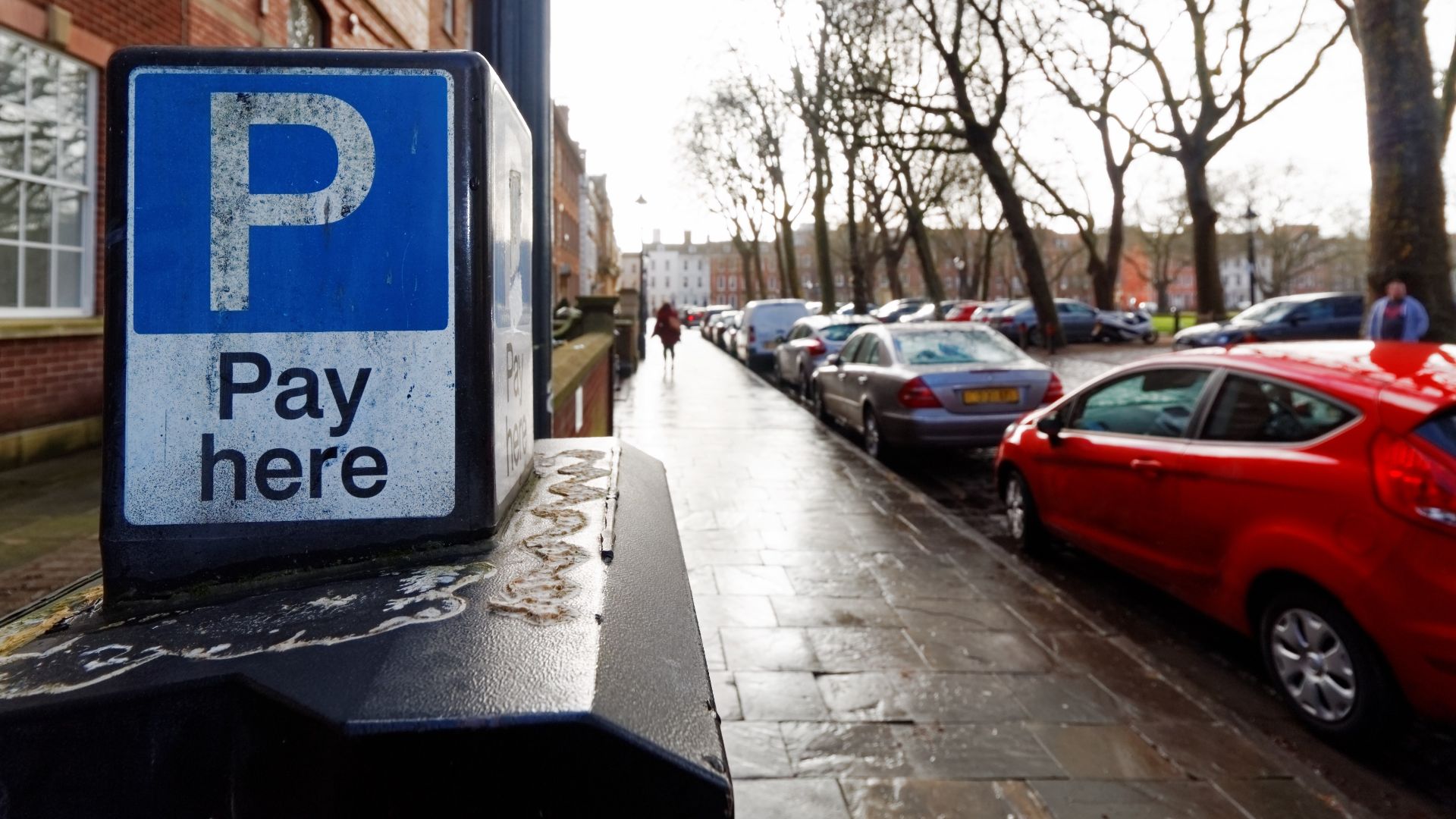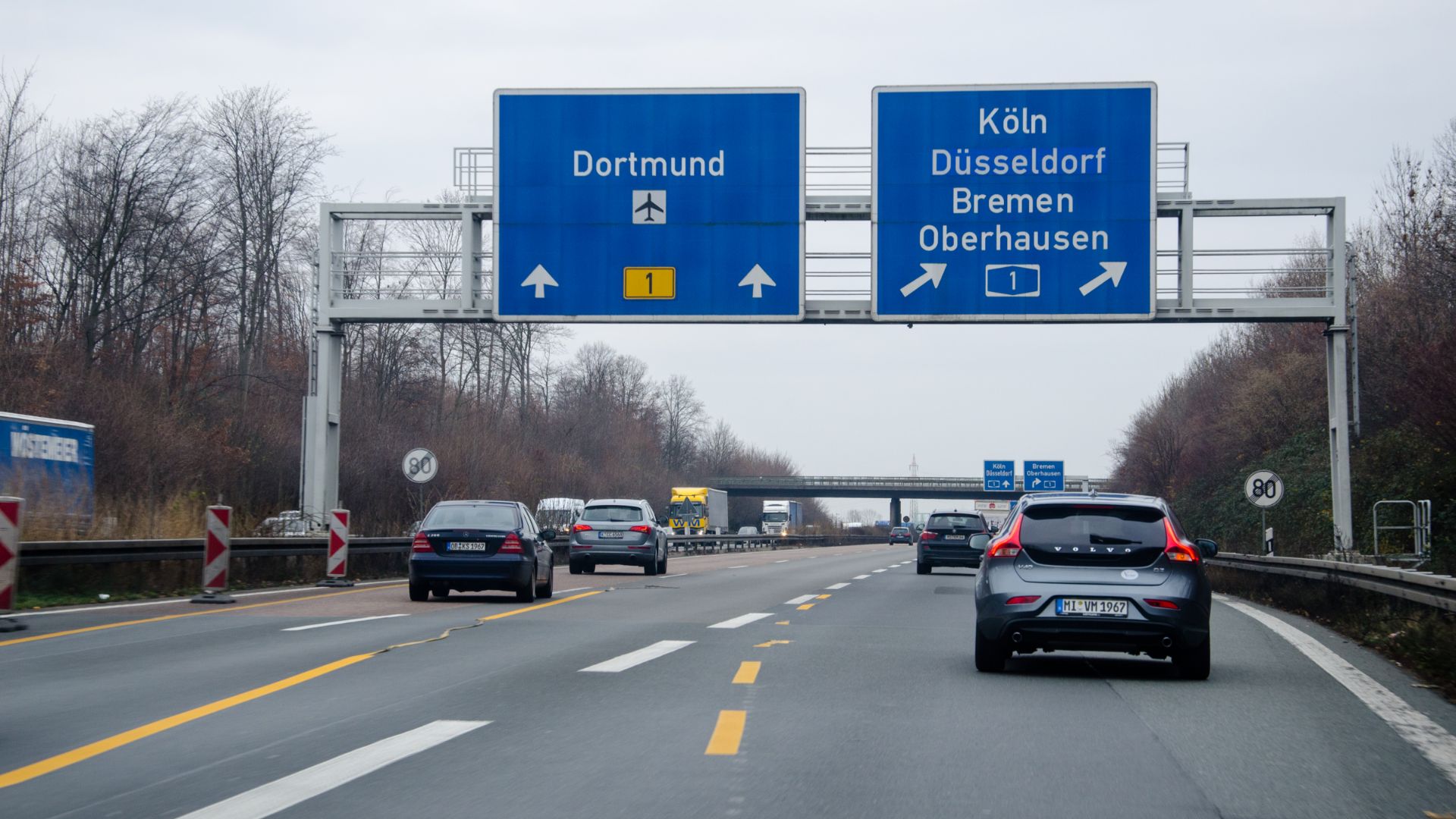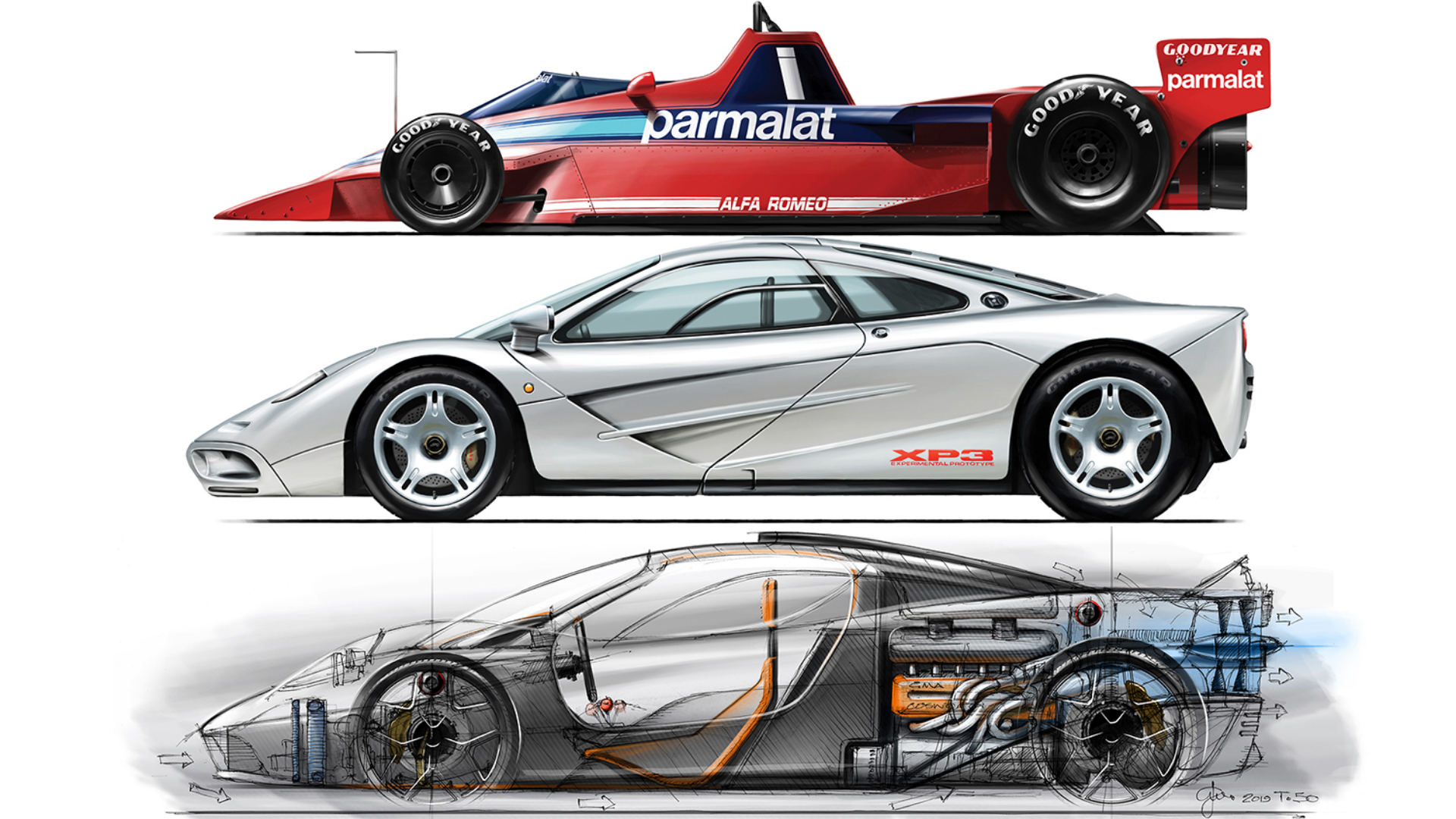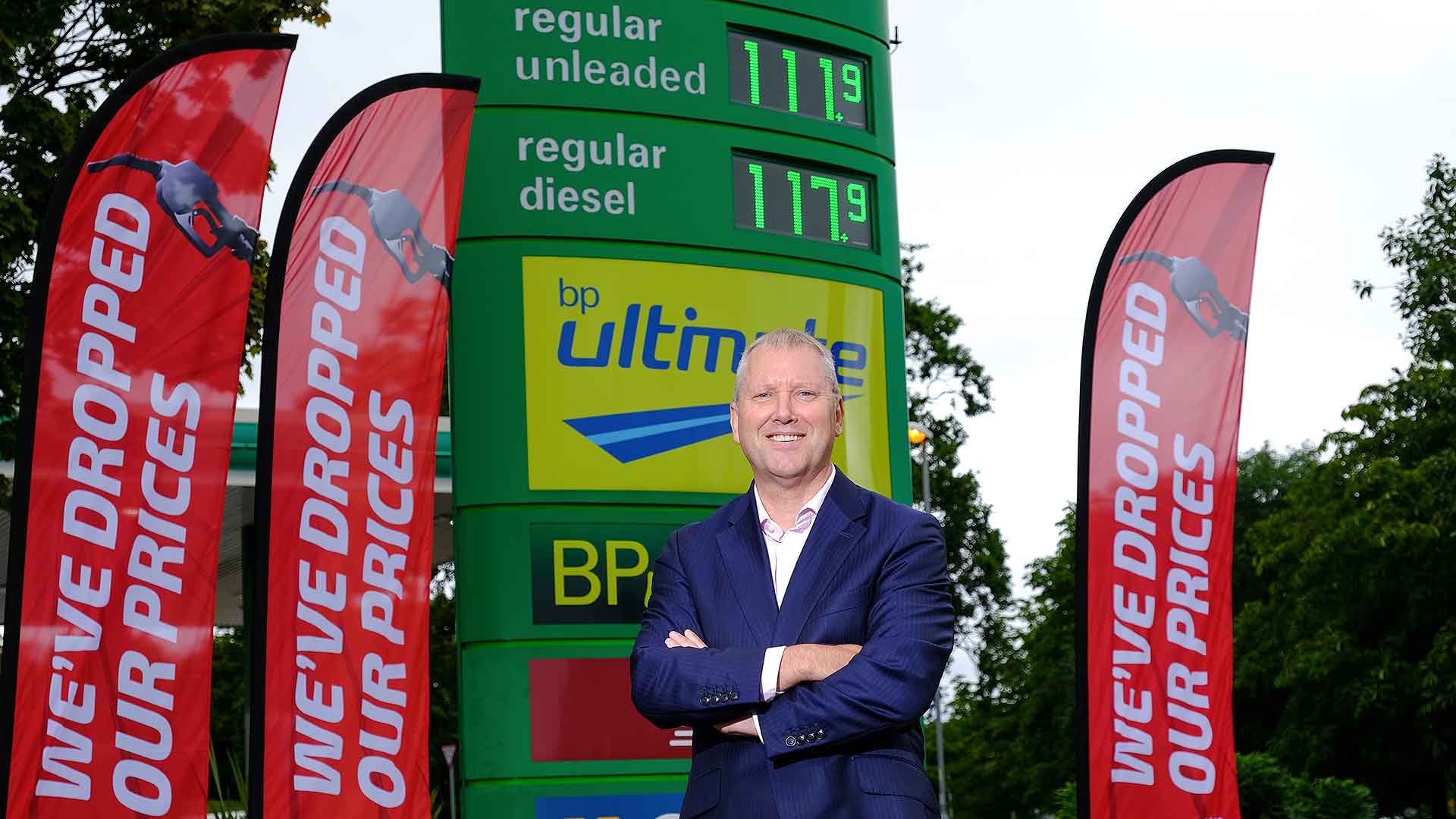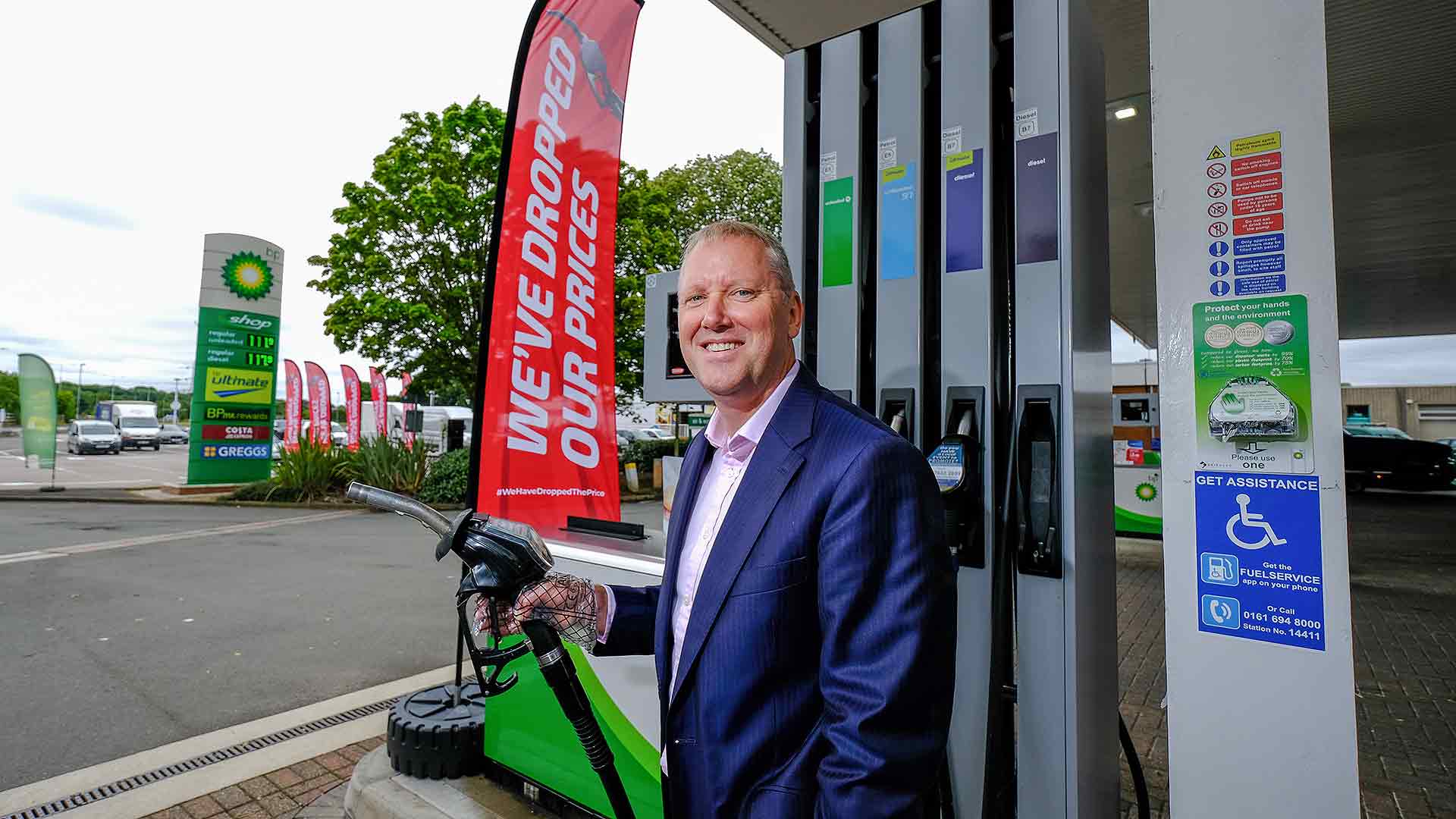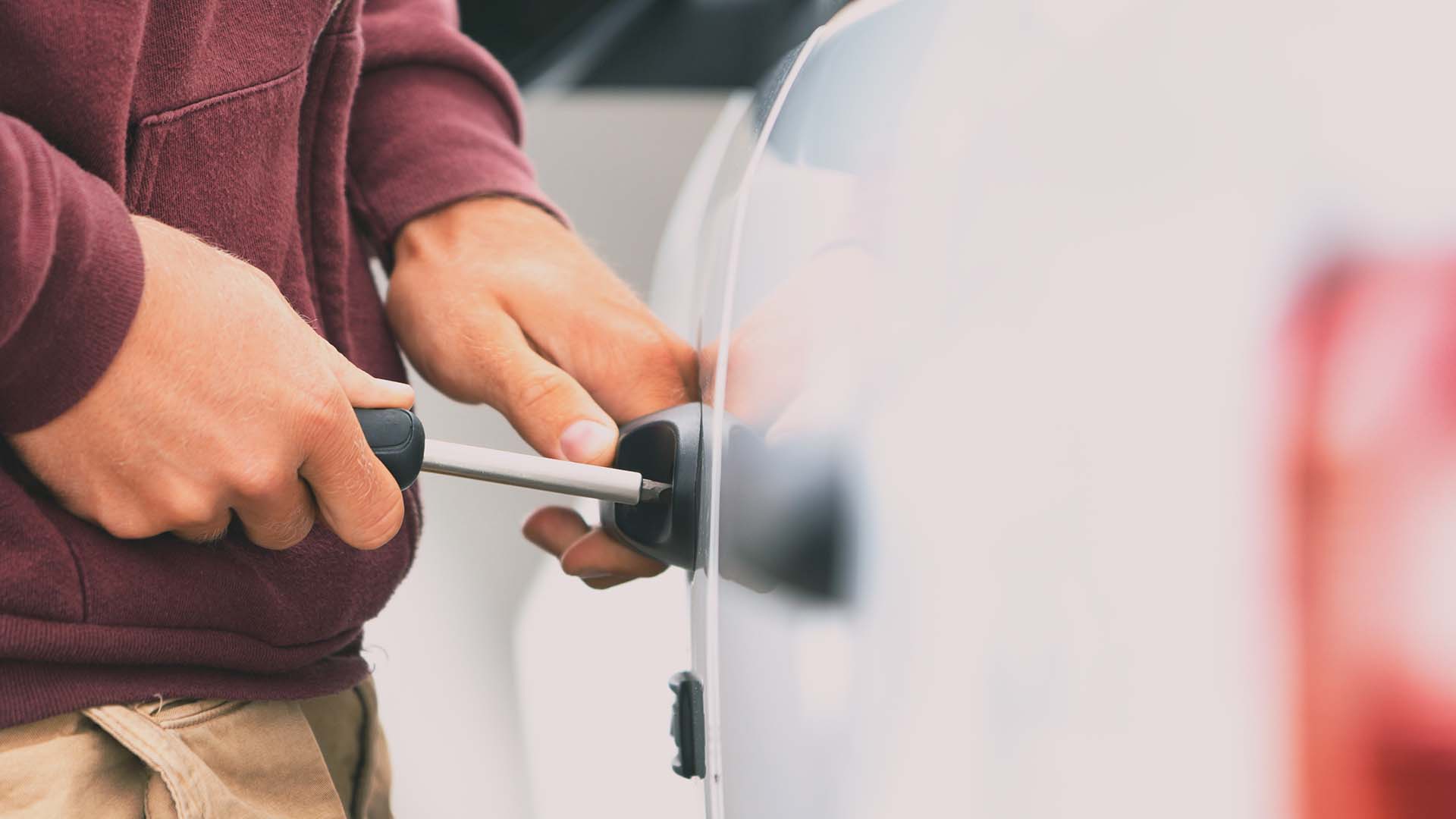
A lot can change in 12 months. When we last updated the list of Britain’s cheapest new cars, all 20 of the budget motors cost less than £12,000.
Thirteen of them even cost less than £10,000.
Today, all but one cost more than £10,000 – and the upper limit has crept up to nearly £14,500. A sign of the times?
Read on to discover the 20 cheapest new cars on sale, including the all-new 2021 Dacia Sandero, with the results presented in reverse order.
Cheapest new cars on sale
- Skoda Fabia – £14,365
- Suzuki Swift – £14,299
- Suzuki Ignis – £14,249
- SsangYong Tivoli – £13,995
- Kia Rio – £13,395
- Fiat 500 – £13,020
- Hyundai i10 – £12,820
- Peugeot 108 – £12,785
- Volkswagen Up – £12,705
- Toyota Aygo – £12,690
- MG3 – £12,195
- Dacia Duster – £11,745
- Renault Twizy – £11,695
- Dacia Sandero Stepway – £10,995
- Kia Picanto – £10,745
- Fiat Panda – £10,580
- Mitsubishi Mirage – £10,575
- Citroen C1 – £10,315
- Dacia Sandero – £7,995
Skoda Fabia – £14,365

With the petrol version of the Citigo consigned to the history books, it’s left to the Fabia to play the budget card for Skoda. It has a few aces up its sleeve, including a spacious interior, efficient engines and some of Skoda’s ‘Simply Clever’ features. The Fabia is also one of only a few small cars to offer an estate variant, but you’ll need to find at least £17,060 for the Fabia wagon.
Suzuki Swift – £14,299

This time last year, the £9,000 Suzuki Celerio was one of the country’s cheapest new cars. With the Celerio and Baleno no longer available, it’s left to the Swift and the Ignis to carry the budget baton for Suzuki. The entry-level Swift SZ3 features air conditioning, DAB digital radio, Bluetooth, a leather steering wheel and LED daytime running lights. Power is sourced from a 1.2-litre mild hybrid engine with the potential to deliver 56.4mpg on a combined cycle.
Suzuki Ignis – £14,249

Spoiler alert: the majority of Britain’s cheapest cars are devoid of charm, lacking in style and are as cheery as a Belarusian bus station. But the Suzuki Ignis bucks the trend, with a design that’s quite unlike anything else on the road – further enhanced in revised 2020 guise with a more rugged SUV look and a fuel-saving mild hybrid engine. In £14,249 SZ3 trim, the Ignis features digital radio, Bluetooth and air conditioning, but you’ll need to upgrade to the £15,749 SZ-T for 16-inch alloy wheels, sliding rear seats, Apple CarPlay, Android Auto, roof rails, wheel arch extensions and side mouldings.
SsangYong Tivoli – £13,995

The SsangYong Tivoli is a compact crossover that’s backed by a seven-year warranty. The basic EX trim isn’t overloaded with equipment, but you do get keyless entry, front and rear electric windows, air conditioning, steering wheel audio controls, rear parking sensors and a suite of safety systems. Upgrading to the Ventura trim requires an extra £3,000, but it still costs around the same price as a new Ford Fiesta. Speaking of which, neither the Fiesta or the Vauxhall Corsa make the list of the cheapest new cars in 2021.
Kia Rio – £13,395

In most cases, the lowest price is designed to tempt you into a car showroom, where the dealer will attempt to upgrade you to a more expensive model. Take the Kia Rio. In ‘1’ trim, you get a pretty basic specification, including air conditioning, Bluetooth, a 3.8-inch radio display and electric front windows. For an extra £2,200, the Rio ‘2’ adds 15-inch alloy wheels, a seven-inch colour display, cruise control, reversing camera, rear parking sensors and a leather-trimmed steering wheel. We think it’s worth the upgrade.
Fiat 500 – £13,020

How badly do you want to own a Fiat 500? In £13,000 Pop guise, the fashionable city car features 14-inch steel wheels, manual air conditioning, DAB digital radio, steering wheel audio controls and… that’s about it. The £14,750 Lounge trim adds 15-inch alloy wheels, a seven-inch touchscreen display, Apple CarPlay, Android Auto, rear parking sensors, leather steering wheel and a fixed glass roof to the mix. List prices are almost irrelevant in 2021 – monthly payments are king. Upgrading from Pop to Lounge won’t break the bank.
Hyundai i10 – £12,820

Hyundai was one of the companies to gain the most out of the original ‘scrappage’ scheme of 2009, with many motorists ‘trading up’ to an i10. Today’s i10 isn’t the bargain city car it once was and the entry-level SE model is a little short of toys. That said, the SE Connect is only £1,000 more expensive and will be a lot easier to live with. You can even buy an N Line version, with styling inspired by the i30 N hot hatchback.
Peugeot 108 – £12,785

This time last year, you could buy a Peugeot 108 in Active trim for less than £10,000. Today, you’ll need closer to £13,000 for the entry-level 108. In fairness, the spec is a little more generous than before, with the 108 Active boasting air conditioning, a seven-inch touchscreen display, DAB digital radio, steering wheel controls and a height adjustable driver’s seat.
Volkswagen Up – £12,705

Because the Skoda Citigo and Seat Mii have gone down electric avenue, the Volkswagen Up is the only one of the tiny trio to be available for an affordable price. The basic three-door Up features 15-inch alloy wheels, a five-inch colour touchscreen display, DAB digital radio, air conditioning and a smartphone navigation interface. Adding an extra couple of doors adds £400 to the price.
Toyota Aygo – £12,690

The Toyota Aygo is based on the same platform as the Citroen C1 and Peugeot 108, but it has a snazzier face. In basic X-play trim, the Aygo comes with 15-inch steel wheels, smartphone integration, a reversing camera and solid red paint. We’d recommend the X-trend. It might cost an extra £1,165, but you get 15-inch alloy wheels, air conditioning and rear privacy glass.
MG3 – £12,195

We like the MG3, even if the nod to the brand’s heritage feels a bit disingenuous. The bargain Explore trim has been discontinued, which explains why the entry-level price has increased from £9,500 to £12,000. The specification is impressive and includes air conditioning, leather steering wheel, an eight-inch colour display, Apple CarPlay, Android Auto, DAB digital radio, 16-inch alloy wheels and reversing camera.
Dacia Duster – £11,745

Perhaps predictably, Dacia dominates the latter part of this feature – the Renault-owned company has cornered the market formerly occupied by the likes of Kia and Hyundai. In Access trim, the Duster is lacking in glamour, but even the flagship Prestige trim costs less than the price of an entry-level Corsa. The cheapest four-wheel-drive variant costs around £19,00.
Renault Twizy – £11,695

Technically, the Renault Twizy is a quadricycle, but given the shortage of genuinely cheap cars, we’re happy to include it here. It’s interesting to note that the price of an entry-level Twizy has gone up from around £7,000 to £11,700 in a little over 12 months. There’s a good reason for the inflated price. In the past, you had to lease the batteries at a cost of around £50 a month. Today, the cost is included in the price of the car.
Dacia Sandero Stepway – £10,995

We’re cheating a little here. Although Dacia positions the all-new Sandero Stepway as a separate model, in reality, it’s a Sandero with quasi-SUV styling and a raised ride height. Having said that, it does look more premium than the Sandero, and the £12,595 Comfort trim offers excellent value for money.
Kia Picanto – £10,745

Kia secured a foothold in the UK thanks to a range of budget-led hatchbacks and SUVs, but the Korean company has its eyes on the premium establishment. The Rio costs upwards of £13,395, while the cheapest Picanto city car sits just under the £11k mark. There are no fewer than seven different versions of the Picanto, including a rugged X-Line and a sporty GT-Line.
Fiat Panda – £10,580

We love the Fiat Panda. It’s the car we’d like to hire when in Rome. And it puts us in mind of Giugiaro’s classic. But this isn’t Rome and a lot of acqua has passed under the ponte since the Italian maestro penned the original. The zero-star Euro NCAP rating makes it hard to recommend the Panda, especially in light of more contemporary rivals. On the plus side, the price has gone up just £500 in 12 months.
Mitsubishi Mirage – £10,575

Mitsubishi has revamped the Mirage. We think it looks rather good, and with many rivals upping their prices, it’s now one of Britain’s cheapest new cars. The entry-level Verve trim is a miserly in terms of spec, but you do get air conditioning, automatic wipers, Bluetooth and a leather steering wheel. We’d recommend spending an extra £2,000 on the Design trim, which adds 15-inch alloy wheels, a 6.5-inch colour display, smartphone connectivity, faux leather and fabric seats, plus keyless start.
Citroen C1 – £10,315

You could buy a new Citroen C1 Live for £10,315, but we wouldn’t recommend it. The black bumpers, 14-inch steel wheels and a heater in lieu of air conditioning all hark back to the 80s or 90s. And if you want to relive the 80s or 90s dream in a Citroen, may we suggest buying a ZX or Xsara? Both are cheap as chips and unlikely to depreciate.
Dacia Sandero – £7,995

The Sandero arrived in the UK with a headline-grabbing £5,995 price tag, helping the Dacia to corner the budget end of the market. Today, you’ll pay £7,995 for the basic Access version of the brand-new model, meaning it still tops the list of cheapest new cars on sale in the UK. The question is: could you live without a radio and air conditioning? At the time of writing, it’s still possible to buy the outgoing Dacia Sandero. The entry price is the same, but you might be able to bag a great deal as dealers clear old stock.
READ MORE:
Which car brands offer an online buying service?
How to move over safely for emergency vehicles
How to drive safely on snow and ice
